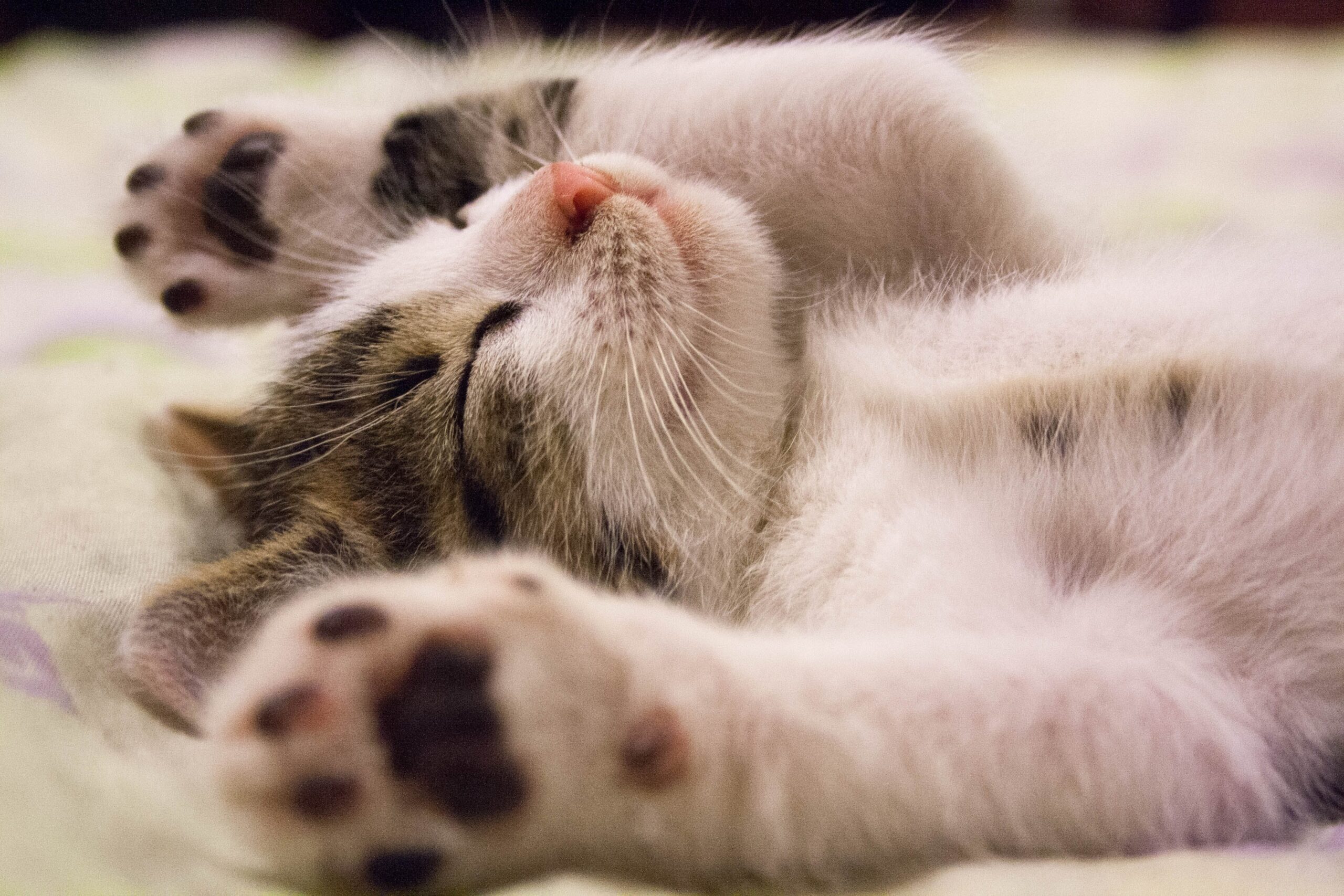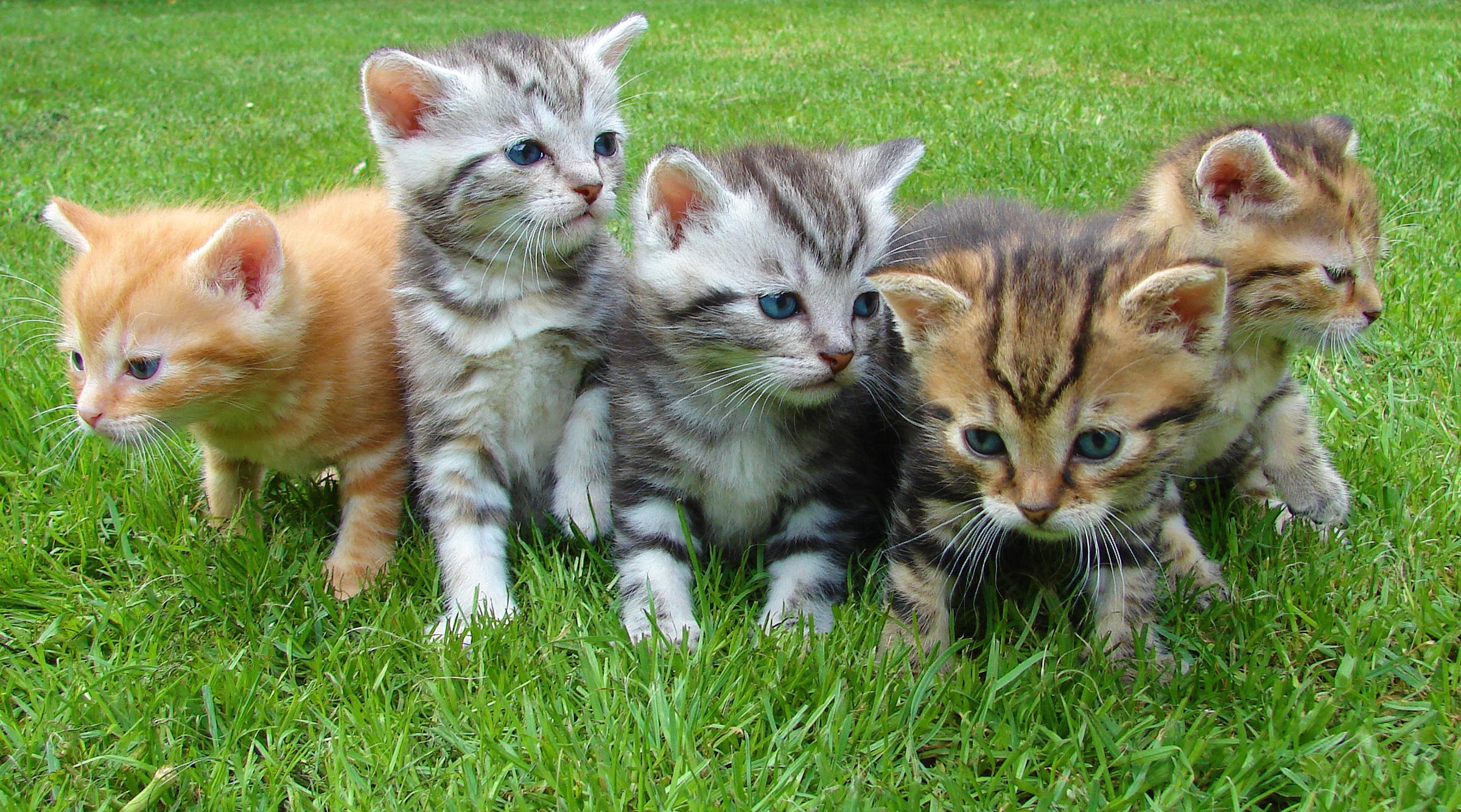
How To Pet a Kitty
Both you and the cat may find great joy and satisfaction in petting a cat. To assist you in petting a cat in a way that the cat finds comfortable and delightful, follow these steps:
Be patient and calm while approaching
Cats can become agitated easily or startled by loud noises. Give the cat some time to process your approach by being calm and kind.
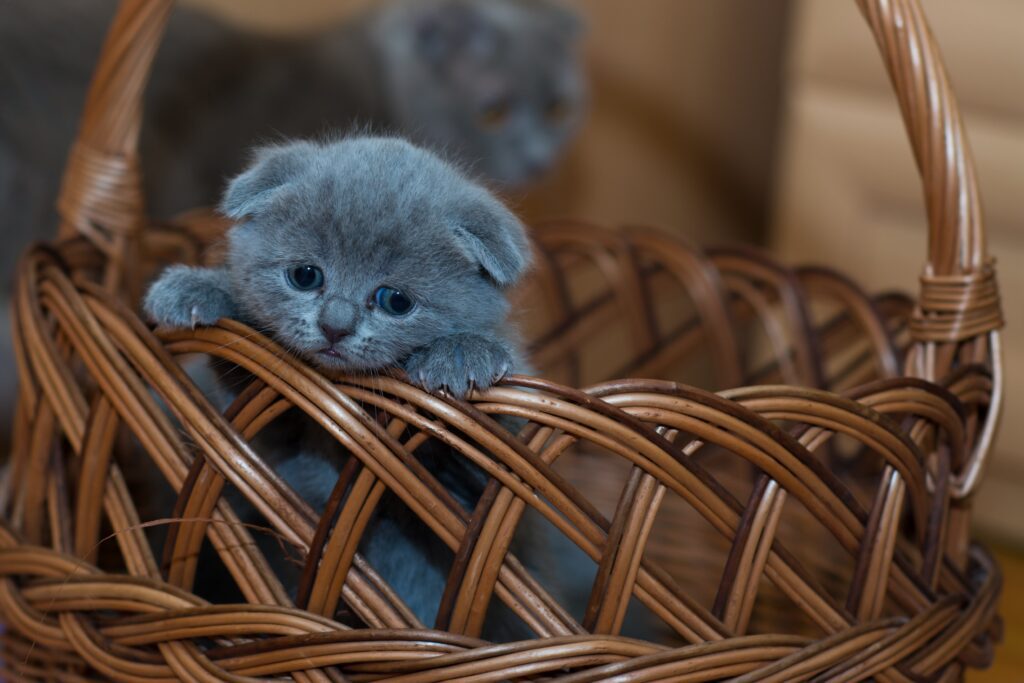
Allow the cat to come to you
Allowing the cat to approach you instead of going for it right away is frequently a wise decision. Hold out your hand and let the cat to come closer so they may smell it to become acquainted with your scent.
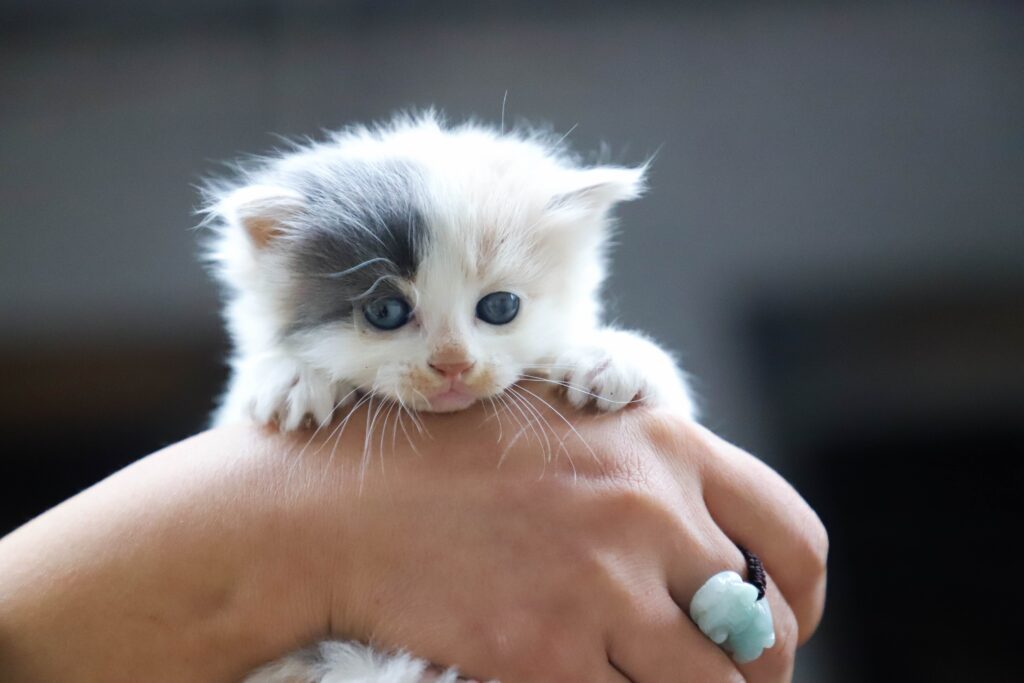
Respect the body language of the cat
Be mindful of the cat’s cues. You can give the cat a gentle back stroke if they come over to you and seem interested in being petted. Give your cat room and respect if they exhibit any symptoms of discomfort, such as flattening their ears, hissing, swatting, or attempting to get away.
Start with soft strokes
Use slow, soft strokes to start caressing the cat. The majority of cats love having their heads, necks, and backs caressed. Steer clear of the tummy area since not all cats enjoy having their bellies stroked and because many of them are sensitive there.
Judge the behavior of kitty
Recognize that every cat is unique and should have their preferences met. While some cats could like short, rapid pet care, others might love lengthy, languid strokes. Observe the cat’s reaction and modify your petting technique as necessary.
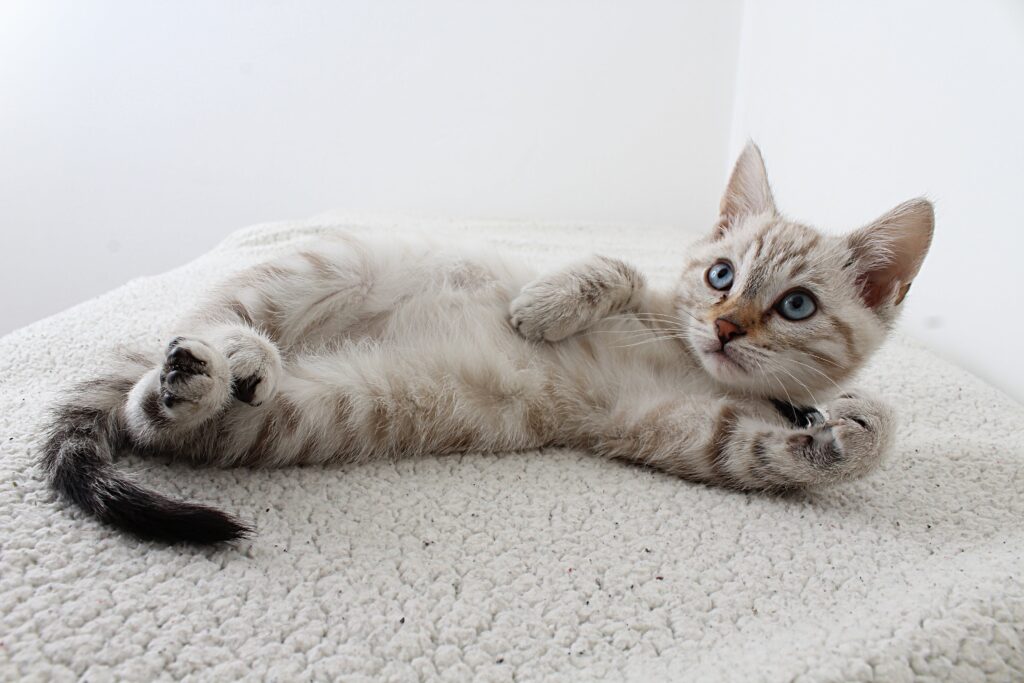
For petting, use a gentle touch
Rather of a hard grasp or squeezing, use the pads of your fingers or the palm of your hand. Typically, cats want to be touched gently.
Purring nature of cat
A purring cat is frequently an indication that it is happy, so keep an eye out for it along with other indicators. Look for further indications, such as kneading with their paws or adopting a relaxed body position, although some cats may not purr audibly.
Try to avoid touching sensitive parts
Ears, whiskers, and tail are examples of sensitive parts that should be avoided, as was also previously indicated. While some cats could find it relaxing, others might not be able to handle light touching in some places.
Take breaks
If cats are handled for extended periods of time, they may get overstimulated. Keep an eye out for indications of agitation or restlessness in the cat, and take a break if necessary.

Use positive reinforcement and treats
If the cat is amenable to your caressing, you may give them a treat or some kind words of encouragement. This can foster trust and good connections with petting.
Keep in mind that every cat is unique, and that means you need to be patient and aware of your cat’s cues. Give the cat room and respect their limits if they express a desire not to be petted at a specific time. With a cat, developing trust and a good connection involves patience and understanding.
